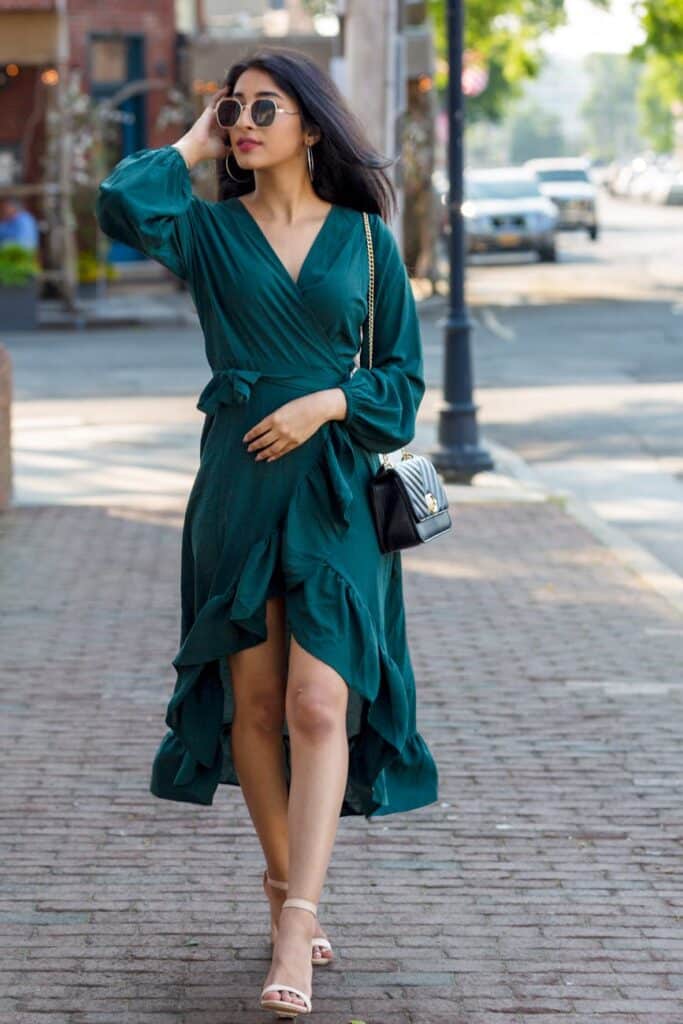Essential Skills for Fashion Design
As I embark on the journey to becoming a fashion designer, I need to cultivate specific skills that will pave my way to success. These essential skills include business acumen, communication abilities, and a fierce competitive spirit.
Business Skills for Budgeting
Being a successful fashion designer isn’t just about creativity—it’s also about having excellent business skills. I must know how to stay within budget and market my clothing effectively. Understanding the financial side of fashion helps me plan my collections without overspending, ensuring my designs are both innovative and financially viable (Hocking College Blog). It’s crucial to balance creativity with practicality to run a successful fashion business.
| Skill | Description |
|---|---|
| Budgeting | Planning expenses and staying within financial limits |
| Marketing | Promoting designs to attract customers |
| Financial Planning | Forecasting revenue and managing costs |
Communication for Clarity
Good communication skills are vital in fashion design. I need to make my instructions and expectations clear to everyone involved in bringing my vision to life. This includes pattern makers, fabric suppliers, and manufacturers. Clear communication ensures that my designs are executed perfectly, reducing misunderstandings and errors (Hocking College Blog). Effective communication also helps in networking and forming valuable industry connections—something truly important in the competitive fashion world.
| Communication Aspect | Importance |
|---|---|
| Clarity in Instructions | Ensures accurate execution of designs |
| Networking | Builds valuable industry relationships |
| Collaboration | Promotes teamwork and project success |
Competitive Spirit in Design
In the competitive fashion industry, having a competitive spirit is non-negotiable. I need to constantly push myself to stay ahead of my competition, continually refining my craft and innovating my designs. A competitive spirit keeps me motivated and drives my passion for creating unique and trendsetting collections (Hocking College Blog). By embracing competition, I can stay focused and dedicated to my goals, leveraging every opportunity to showcase my talent.
It’s essential to keep an eye on industry trends and adapt quickly to changing dynamics. For inspiration from those who have successfully navigated this path, check out our article on famous fashion designers.
These essential skills—business acumen, communication abilities, and a competitive spirit—are my foundation as I take steps toward becoming a fashion designer. By honing these skills, I can bridge the gap between my dreams and reality, making a mark in the dynamic world of fashion. For more on the steps involved, see steps to become a fashion designer.
Technical Skills for Fashion Design
Becoming a fashion designer is an exciting journey, and mastering technical skills is essential. Two key skills that will significantly impact your design career are strong sewing abilities and a sense of style & color.
Strong Sewing Abilities
Developing strong sewing abilities is crucial for any aspiring fashion designer. I need to accurately construct the garments I envision, which requires proficiency with different sewing techniques and tools. This skill ensures that my designs not only look good on paper but also translate into functional and beautifully crafted pieces in real life.
A comprehensive fashion design degree program often includes hands-on sewing courses to help students like me strengthen their skills. These programs provide training in various sewing methods, from hand stitching to using industrial sewing machines. Finding opportunities for fashion design internships can also support developing the practical skills necessary for success in this field. Here’s why strong sewing skills matter:
- Precision in executing design details
- Ability to troubleshoot construction issues
- Creating high-quality, durable garments
For more insights into what fashion designers need in their skill set, check out what do fashion designers do.
Sense of Style & Color
A strong sense of style and color is vital for fashion designers, as it helps me determine which fabrics and hues will complement each garment. This skill involves knowing how different colors interact, understanding current trends, and predicting what will be fashionable in the future. A good grasp of style helps me create cohesive and visually appealing collections.
My fashion design training provides a foundation in fabrics, fashion theory, color theory, and computer-aided design (CAD) software. These courses often use project-based assignments to allow me to experiment with different styles and build a diverse portfolio. Staying up-to-date on industry trends by following fashion cycles, attending fashion shows, and observing red carpet events helps me incorporate new styles into my designs (TheBestSchools.org). Here’s a brief overview of the elements I focus on:
- Complementing fabrics and colors
- Forecasting and setting trends
- Creating unique and appealing designs
A sense of style and color can be developed by observing the work of famous fashion designers. Their innovative use of materials and color combinations can provide inspiration and guidance for my creations.
Embracing these technical skills not only enhances my ability to create stunning garments but also sets the foundation for a successful career in fashion design.
Steps to Becoming a Fashion Designer
So, you’re passionate about fashion and dream of becoming a designer? Here are the essential steps you need to take to break into the world of fashion design.
Education & Training
One of the first steps to become a fashion designer is to pursue proper education and training. Enrolling in a reputable fashion design school is key. These institutions offer programs that cover everything from basic sewing techniques to advanced fashion design principles. Some well-known fashion design schools include Parsons, the Fashion Institute of Technology (FIT), and Central Saint Martins.
Most fashion design programs require you to have a portfolio for admission. This portfolio should showcase your sketches, completed garments, and any other creative projects you’ve worked on. Regularly updating your portfolio to reflect new skills and designs is crucial.
| School Name | Location | Degree Programs Offered |
|---|---|---|
| Parsons | New York, USA | BFA, MFA |
| FIT | New York, USA | AAS, BFA |
| Central Saint Martins | London, UK | BA, MA |
Acquiring a strong foundation in fashion design theories and techniques will prepare you for the competitive industry. Specialized courses in digital fashion design, sustainable fashion, and fashion marketing can further enhance your skills.
Hands-On Experience & Internships
Gaining hands-on experience is a critical step in your journey to becoming a fashion designer. This can be achieved through internships, part-time jobs, or contract work. Internships allow you to work with established designers, understand the operations of fashion houses, and build a robust portfolio. Explore diverse opportunities, from working with major brands to small boutique labels.
Check out our listings of fashion design internships for exciting opportunities.
Building a strong design portfolio is essential. Your portfolio should showcase a variety of styles, including ready-to-wear looks and custom high-fashion designs. It should also display your ability to transform concepts into tangible pieces. Keeping it updated with your latest work is important for showcasing your growth and skills to potential employers and clients.
Networking in the Industry
In the fashion industry, networking is vital for finding opportunities, securing clients, and advancing your career. Start building your network early, even before you enter a fashion program. Attend industry events, fashion shows, and networking meet-ups to connect with professionals in the field. Websites like The Model Builders emphasize the importance of networking in fashion.
Networking within the fashion industry can help you find mentors or advisors who can offer constructive feedback and guide you through the complexities of the fashion world. These connections can assist you in refining your skills and strategies, opening doors to new career opportunities (TheBestSchools.org).
For more information on what fashion designers do, you can explore our article on what do fashion designers do.
Taking these steps — acquiring the right education, gaining hands-on experience, and building a robust network — will set a solid foundation for your career as a fashion designer. Dream big, design passionately, and deliver your unique vision to the world of fashion.
Advancement in Fashion Design
Imagine transforming your passion for fashion into a thriving career! In this section, I’ll walk you through essential skills, career pathways, and what to expect in terms of industry growth and salary trends.
Skill Development & Technology
A successful fashion designer needs to stay ahead of the curve through continuous learning and skill enhancement. A degree in fashion design offers training in various areas such as fabrics, fashion theory, color theory, and computer-aided design software (TheBestSchools.org). These programs often include project-based assignments to help you strengthen your skills and build an impressive portfolio.
To become a fashion designer, I recommend:
- Earning a Bachelor’s Degree
- Gaining experience through fashion design internships
- Learning advanced design technology through certificate programs
- Developing a well-rounded skill set including technical production knowledge, creativity, artistic abilities, drawing skills, teamwork, and meeting deadlines (UniversityHQ)
Career Paths & Specializations
The beauty of a career in fashion design lies in its versatility. You can specialize in various niches like clothing, footwear, accessories, or even costumes. Many designers start in entry-level positions and gradually move up to roles like chief designer or even launch their own brand. Other exciting career avenues include becoming a graphic designer, industrial designer, fashion buyer, or modeling agent.
Here’s a quick look at potential career paths:
| Career Path | Description |
|---|---|
| Clothing Designer | Focuses on creating clothing lines |
| Footwear Designer | Specializes in designing shoes |
| Accessories Designer | Crafts bags, belts, and other accessories |
| Costume Designer | Designs costumes for theater/film |
Understanding what different designers do can help you decide which area excites you the most. For more on this, visit my section on what do fashion designers do.
Industry Growth & Salary Trends
The fashion industry is continuously evolving, offering steady growth opportunities. According to UniversityHQ, the job market for fashion designers is projected to grow approximately 3% over the next ten years. Retail fashion design, in particular, is witnessing a higher growth rate of 22% due to increasing consumer demand.
Regarding salary, the median annual wage for fashion designers was $67,420 in 2017. However, this figure can vary based on location, specialization, and experience. Here’s a handy table to give you an idea:
| Year | Median Salary ($) |
|---|---|
| 2017 | 67,420 |
| 2020 | 75,810 |
| 2023 | 81,320 |
Understanding these trends can help you prepare for a rewarding career in fashion design. Stay tuned for more insights into the exciting world of fashion. For a deeper dive into industry greats, check out famous fashion designers.

